If you live in Western North Carolina, there’s about a 1-in-9 chance that you work for a nonprofit; in Buncombe County, those odds are better than 1-in-8. Statewide, the sector accounts for about 400,000 jobs and has an annual economic footprint of roughly $42 billion, according to the N.C. Center for Nonprofits.
These organizations, stresses Jeannette Butterworth, program consultant for WNC Nonprofit Pathways, are “an economic driver. The role they play in our community is something that gets lost because we’re used to it. … They’re all around us.”
Ubiquity, however, doesn’t necessarily mean easy or immediate success. To better understand the challenges these newbies face, Xpress sat down with a number of recently formed local nonprofits and spoke with experts in the field.
Is this a good idea?
Ryan Coffield joined The Van Winkle Law Firm in 2013, and nonprofits are one of his areas of expertise. “The first question I usually ask people when they say they want to form a nonprofit is, ‘Are you sure?’” he reveals.
That’s not cynicism on Coffield’s part — just a way to introduce the complex, paperwork-heavy process. First, a board of directors must be formed. And while state law requires only a single member, best practices call for at least five. Once a board has been recruited, the organization has to clarify its mission and purpose. Next, articles of incorporation need to be filed with the N.C. Department of the Secretary of State. Then, bylaws must be drafted (and, ideally, reviewed by a lawyer) before being finalized and adopted. After that, the organization can apply for tax-exempt status. But don’t hold your breath: It can take the IRS anywhere from three to 24 months to rule on those applications.
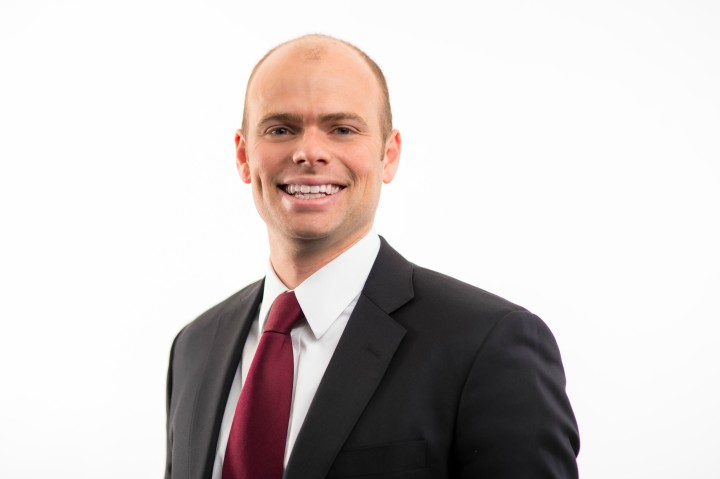
And once a nonprofit has a certain number of staffers, it will have to apply for a federal Employer Identification Number, carry workers’ compensation insurance and pay unemployment insurance tax.
But even putting aside all the paperwork, expenses and time, says Coffield, people often don’t realize that the nonprofit they’re seeking to start may already exist. “This is a problem that plagues the nonprofit world and always has: Organizations are constantly running parallel,” he explains. Instead, Coffield encourages interested people to consider volunteering with an existing group, becoming a board member or perhaps even joining its staff.
And of course, once a new nonprofit has cleared all those hurdles, it will most likely confront the question of funding. In Coffield’s experience, people are often far too optimistic about their chances of obtaining grants, due in part to the way many funders represent themselves. “There are a bunch of government entities and private foundations that have money available,” he explains. “Their message is, ‘Here’s all this money: Come and get it.’”
The problem, continues Coffield, is that “There’s not a lot of information out there about the fact that you’re going to be one of 500 organizations applying for this one grant.” Compounding the problem is the fact that fledgling nonprofits don’t typically have an experienced grant writer — or the money to hire one. “That is something that nonprofits run into,” notes Coffield. “How do you deal with not having cash upfront unless you’ve got some benefactor willing to put in the money?”
A good problem to have
The Collider is a nonprofit innovation center that promotes market-driven climate solutions. Its downtown office on the fourth floor of the Wells Fargo Building includes a co-working space that’s home to 45 small businesses and entrepreneurs, and a theater space that’s used for special events as well as multiday conferences.
Executive Director Megan Robinson is quick to point out that her organization is “not a traditional nonprofit.” The brainchild of local businessman Mack Pearsall, The Collider opened in March of last year, an offshoot of the now-defunct Asheville-Buncombe Sustainable Community Initiatives. Pearsall provided the initial funding. “Normally, you get those big philanthropists and big donations 10 or 20 years down the road,” Robinson explains.
Still, that unusual situation presented its own unique challenges.
“You would think starting a nonprofit with someone footing the bill out of their personal resources … would be really great — and, of course, it is — but, on the other hand, when you have a capital campaign … you’re generating lots of community support,” notes Kathi Petersen, The Collider’s director of communications. Absent that initial community buy-in, many people tend to forget that The Collider is, in fact, a nonprofit.
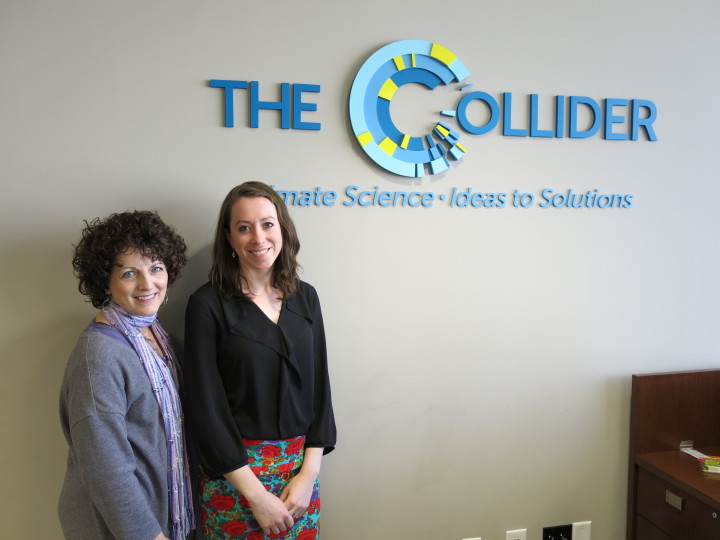
“That’s a dilemma they have,” concedes Pearsall. “Since I have funded it, because I believe in it, it does create for them an after-the-fact education process for the public.”
Support from the Buncombe County Tourism Development Authority and building owner Claire Callen, stresses Robinson, has also been crucial to the organization’s early success. At the same time, the nonprofit continues to seek new ways to boost community involvement, both financially and in terms of active participation. “We know we need to diversify and have a strong revenue portfolio,” she says.
The Collider held its first fundraiser in March, and, more recently, it launched a membership drive to pull in supporters from across the country. “But the Asheville community,” stresses Robinson, “is fundamental in us surviving day to day.”
Craft your message carefully
Alex Comfort has worked in the fundraising world for 31 years. He spent 11 of them as a staffer at UNC Asheville raising money for the school before starting his own consulting company, Mountain Non-Profit Solutions, in 2009. For the last four years, Comfort has also offered a four-day course called Fundraising Boot Camp through Lenoir-Rhyne University in Asheville.
To be sustainable here, he estimates, a nonprofit needs a budget of roughly $300,000 per year, though he acknowledges that this isn’t always the case. “A lot of nonprofits, in the region and across the country, don’t have any employees and just do everything on a shoestring budget,” notes Comfort. But that typically means one person wearing various hats and struggling to balance day-to-day duties and long-term goals — a daunting challenge for those just starting out.
Fundraising, meanwhile, is a major hurdle for many nonprofits, regardless of size. Most of the organizations he works with, says Comfort, were created by folks with no background in sales. His first piece of advice is to write down the names of the people they know who’ll support the organization’s mission. “It may only be three people, but the bottom line is you’ve got to start somewhere. Most groups have some sort of core funding that gets them off the ground, and then from there, you’ve got to figure out how to expand it.”
This is where things get tricky, however: Generosity has its limits, and once someone donates to any given cause, a tsunami of other funding requests is likely to start arriving in their mailbox. For this reason, says Comfort, organizations have to consider the potential donor’s point of view: “What’s going to make me open that letter? What’s going to make me read the whole thing — and what’s going to make me pull out my checkbook and send off a check?”
First and foremost, he explains, the nonprofit must earn a donor’s trust: “Prove that you’re doing your mission and doing it well.” This, he continues, typically requires a well-crafted message that tells a compelling story about the organization’s origin and purpose. It must be comprehensive but concise, keeping in mind that while the group may view the letter as an essential strategic tool, to the recipient it’s just one more request from a virtual stranger.
“When I teach fundraising to people I say, ‘This is not a democratic (with a small “d”) enterprise: You’ve got to concentrate on the people who have the means to help you. … You’ve only got so much time, so you’ve got to be very strategic in what you do and how you go about it.’”
Just suppose, says Comfort, you’re a new nonprofit with a mission that’s similar to the Boy Scouts. By chance, you come up with your local Boy Scout troop’s complete donor list. “If you sent them all a really good story in the mail and 1 percent sent you back a gift, you’re doing well.”
Or suppose a nonprofit has six board members, each of whom has agreed to ask 25 friends for $500 apiece. “So that’s what, 150 people?” asks Comfort. “I’d say that if each of them comes back with two gifts, you’re doing well.”
Nonprofits do profit
Despite those challenges, however, successful nonprofits do make money: They have to. “You need to pay the bills, pay the employees, you need to have money to do the initiatives and pay someone to write grant proposals and manage volunteers,” says Robinson of The Collider.
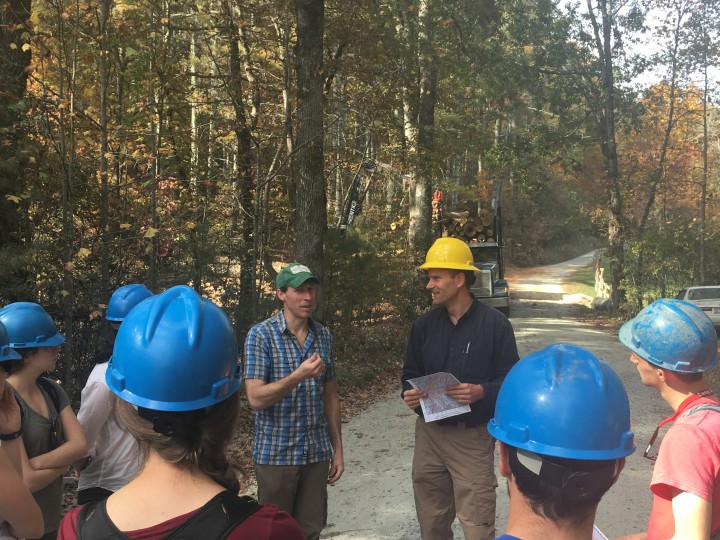
The key difference is that while for-profit enterprises generate returns for their shareholders and investors, nonprofits channel all of their income, after covering expenses, into programs and services. “What we always say is, ‘We’re a nonprofit but a not-for-loss,’” she continues. “There’s still a business model — you still need to make a profit, and that’s sometimes lost on people.”
Rob Lamb, the founder and executive director of EcoForesters, echoes that concern, noting, “Folks sometimes think we just do everything for free.” Established in April 2015, the Asheville-based nonprofit promotes positive-impact forestry, offering clients restoration and conservation services while working to educate the general public. Its director of ecoforestry, Andy Tait, says part of the misunderstanding comes from the fact that EcoForesters partners with several other local groups, including the Southern Appalachian Highlands Conservancy, the Carolina Mountain Land Conservancy, The Nature Conservancy and the Blue Ridge Forever network. “We provide at-cost services to these organizations,” Tait explains. “We’re not trying to make any profit off them.”
Private landowners, though, are currently the nonprofit’s primary revenue source, and EcoForesters charges them competitive rates. “Fundraising is new to us,” he admits. “We’re trying to get more stable funding so we’re not reliant on the fee-for-service work.”
A steady base of donations would enable the organization to focus more on educating property owners and communities about better ways to restore and conserve the land. “Those forests are on the cusp of crisis,” says Lamb. “There’s a slow march toward ecological death out there that a lot of people just don’t know about.”
Mind your manners
But if folks outside the nonprofit world often fail to grasp some key points, those within the industry may have their own blind spots.
“You cannot believe how many nonprofits don’t send a thank-you note to the people that just gave them a gift,” says Comfort. Often, he clarifies, it’s just because the organization is short-staffed. “They don’t have time to do it the right way.”
Sometimes, though, gratitude is simply forgotten. One client, remembers Comfort, told him that the nonprofit’s staff referred to donors as their ATM. “Everybody needs to understand that these folks don’t owe them a dime,” he emphasizes.
But donors also fall on a very broad spectrum, and sometimes, “You’re dealing with people who are kind of lost and lonely. They may have some money, but some of these folks really don’t have much of a community.”
Don’t give up
Montford Hall opened in March 2016. The nonprofit residential recovery program serves teenage boys struggling with substance abuse. Alex Kirby, the co-founder and executive director, says people often praise the quality of the organization’s clinical and academic programs. “What they don’t know is we had … years to figure it out,” he explains. “We didn’t just show up and create it last year.”
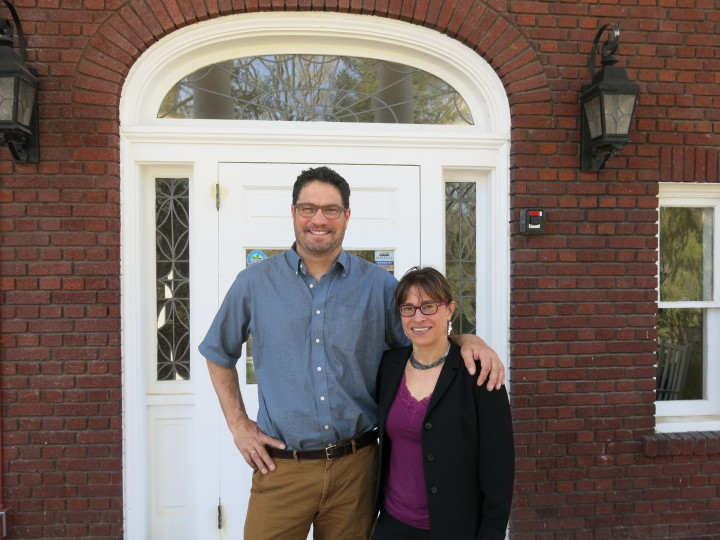
The nonprofit was actually incorporated in 2009. Deb Kirby, the co-founder and director of communications, says the starting point was her husband’s idealism. “He’d worked for a lot of for-profit organizations in this industry and felt like, too many times, the motivation to make money was interfering with their mission to help.”
Initially, however, idealism and experience weren’t enough to make Alex an effective nonprofit leader. In the midst of a seven-year struggle to get the organization off the ground, he turned 50. The now 53-year-old remembers that particular birthday vividly. “I didn’t have a party,” he recalls. “I didn’t have a cake. I didn’t have people over for dinner. I was such a piece of shit at that point that there was no way anyone was going to celebrate anything about Alex Kirby’s life because it was such a disaster.”
Compounding his total lack of fundraising experience was the fact that the mission itself proved to be a tough sell. “It’s not particularly appealing to the general public,” Deb explains. “We’re treating drug-addicted teenage boys. Then there’s the challenge of being in Asheville but not serving the Asheville community. We had to do … a very broad regional fundraising push” that included competing for donations from people in Charlotte, Atlanta and Chattanooga, Tenn.
The process had its fits and starts. A check would arrive in the mail, and it would seem as though the organization was beginning to build momentum, but then another dry spell would hit. “We would literally wake up and not know what to do next,” says Alex.
Deb cites her husband’s persistence as the key factor that eventually landed the organization its first major donation, $200,000, in November 2014. That money gave the flailing nonprofit clout. Suddenly, organizations and individuals that had previously heard Alex out without offering financial support began to take note and see Montford Hall’s potential.
But it wasn’t just the money that changed people’s minds, stresses Deb. Early on, her husband was “just some guy” with an idea. But as the years went by and some of those early potential donors kept hearing about “this guy Alex Kirby talking to their friends, still on a mission to get this program open … they started to take it more seriously.”
Alex concurs. “I guess that’s the thing: I didn’t quit. And I think, in time, if you don’t quit, you learn what you need to learn. You convince the people who need to be convinced.”



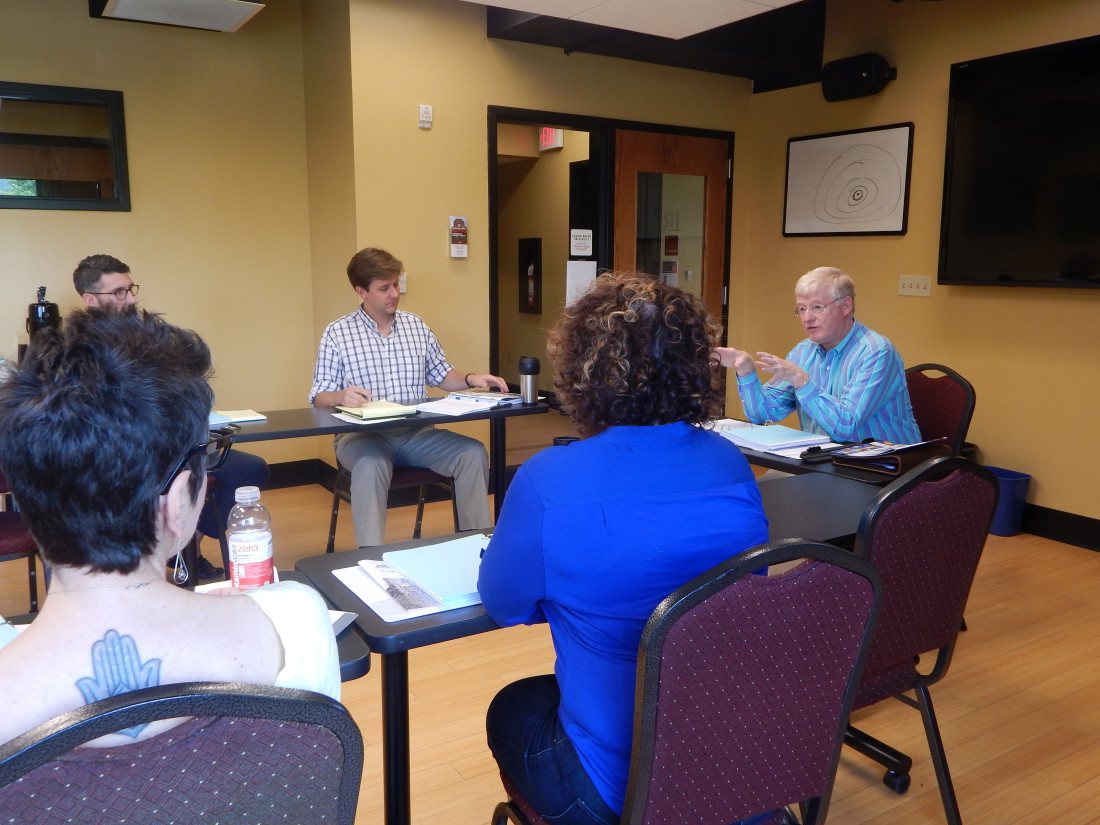
It’ s just a small thing we’re doing this summer, but for small non profits looking to fundraise, Wai Mauna Asheville SUP Tours is starting a new initiative this year called the “Aloha Friday Community Giveback Paddle,” where $15 of every paddler is directly donated back to the group. Minimum group size is 10 people, but it’s an easy way to raise $150+ by just getting a group of friends together and paddling for a couple of hours. For more info or to line up a fundraising paddle for the summer, contact Kyle at (808) 264-3005.